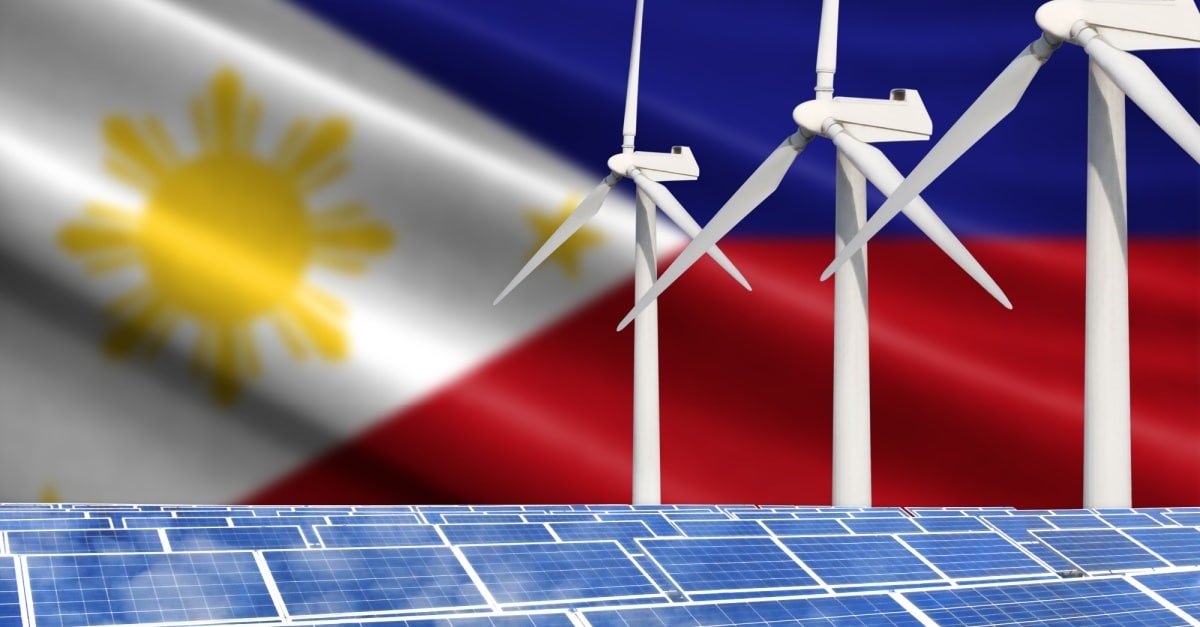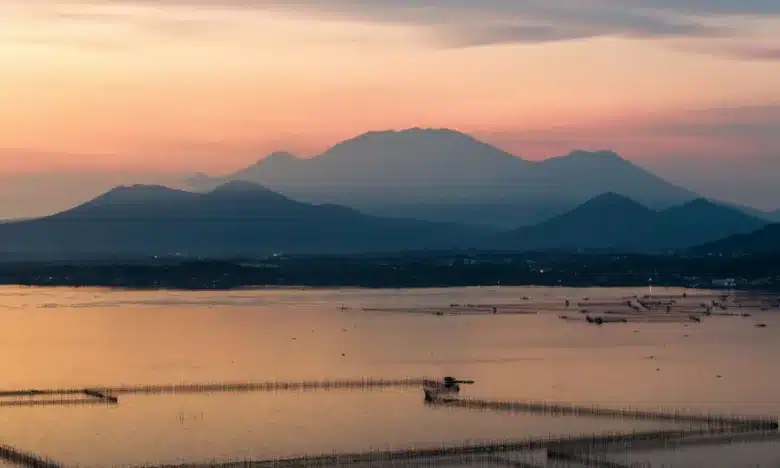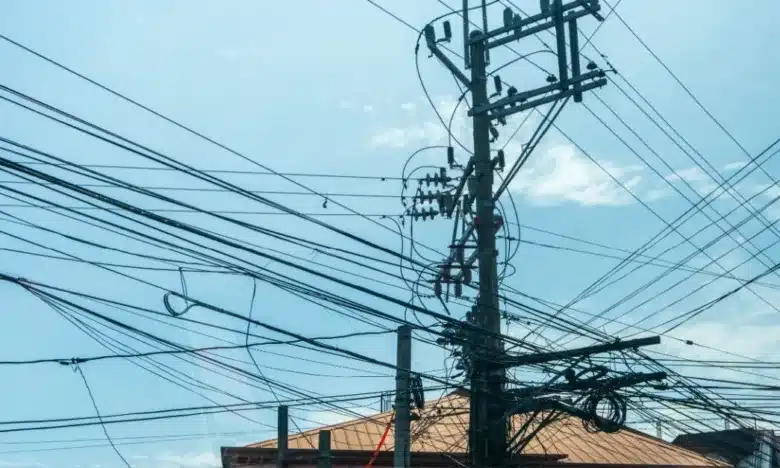
Too Soon to Go Green Why Rushing into Renewables May Not Work
- July 2, 2025
The Intergovernmental Panel on Climate Change (IPCC) states that shifting to renewable energy (RE) plays a key role in keeping global warming within safe limits. This transition involves gradually moving away from fossil fuels and increasing the use of sources like solar, wind, hydro, and geothermal power—an important step toward addressing long-term climate risks.
In Southeast Asia, the Philippines stands out as one of the most aggressive RE adopters, second only to regional leader Vietnam. The International Energy Agency (IEA) projects a 3.7% annual growth in RE for the Philippines from 2022 to 2030, one of the highest in the region.
The country’s push for a 35% RE share in its power mix by 2030, rising to 50% by 2040, is driven by key policies like the Green Energy Auction Program and renewable portfolio standards. The IEA notes that recent reforms allowing full foreign ownership of RE assets are likely to attract more global investment.
According to the Department of Energy (DOE), the Philippines added more than 794 megawatts (MW) of RE in 2024, surpassing the combined total from the previous three years. The increase was fueled by faster permitting through the Energy Virtual One-Stop Shop (EVOSS), stricter RE requirements under updated portfolio standards, and the continued drop in solar technology costs driven by global scale and innovation.
Is the PH ready to go all green?
While the Philippines’ aggressive push toward RE is commendable, it still faces significant challenges.
-
Funding gaps & high capital costs
According to the DOE, the Philippines must secure up to ₱31 trillion in clean energy investments over the next two decades to meet its targets.
“If the financial requirements or the financial resources were there, we could go as the sky is the limit as far as renewable energy is concerned,” stated DOE Secretary Raphael Lotilla. “Even the renewable energies that will be coming on stream will initially have a higher cost, even higher than conventional energy.”
He noted that renewables often cost more upfront than coal or gas, making the transition harder for private developers who bear the financial risks.
Carlos Martin, CEO of Madrid-based BlueFloat Energy, said developing offshore wind in the Philippines typically costs $3 to $5 million per MW, but the full investment goes far beyond turbines. Additional spending on supply chains, workforce training, and support infrastructure could double or triple the total project cost.
Meanwhile, Energy Development Corp. Vice President Marvin Kenneth Bailon said drilling two geothermal wells can run between ₱1.2 billion and ₱2 billion, not including the cost of seismic surveys and surface assessments.
“First, you do a surface study, 3D seismic, and then the drilling, where the big investment comes,” he explained. “You put a rig, you have to build roads, paths where the rig will come in. You have to drill three to five wells.”
Although a geothermal de-risking facility is in the pipeline, it remains under development, leaving current developers to shoulder the steep costs of exploration.
(Also read: Powering the Future: Geothermal Energy’s Global & Local Rise)
-
Energy affordability
A report by the ASEAN Center for Energy warned that rapidly expanding solar and wind could raise electricity prices and strain grid reliability in Southeast Asia. It cites costly grid upgrades and storage needs as hidden burdens of variable renewables, urging a gradual transition that prioritizes affordability and supply stability over speed.
It concluded, “In fact, coal currently outperforms other energy sources in terms of supply security, reliability, affordability and—to some extent—sustainability in ASEAN’s power generation.”
Citing Vietnam’s experience, the report warned that rapid solar growth led to grid overload and curtailments. In 2021, wind and solar made up 9% of ASEAN’s capacity but generated only 1.6% of power, underscoring their limited reliability.
The Center for Energy Research and Policy (CERP) also noted that solar and wind variability adds hidden costs and risks to power stability. Land conflicts and mineral supply issues, like projected silver shortages, further raise project risks and long-term environmental concerns.
-
Bottlenecks in grid upgrades
In March, the ERC deferred approval of several NGCP transmission projects, citing unresolved issues that need further review. The delay affects Group 3 capital expenditures from 2020 to 2025.
Key stalled projects include the ₱16.9 billion Northern Luzon 230 kilovolt (kV) loop and the ₱13 billion Nagsaag-Santiago line. In the Visayas, the Granada and Nivel Hills substations are on hold, while in Mindanao, delays hit the Agus 6–Kiwalan–Lugait and Sultan Kudarat–Tacurong lines.
According to this article, the Philippines’ outdated and centralized grid is struggling to keep pace with the demands of an RE transition. Originally designed for fossil fuel plants, the transmission system lacks the flexibility and reach needed to connect scattered solar, wind, and especially offshore wind projects.
Transmission lines have grown by less than 0.6% annually since 2009, while electrification and renewables push forward. High line losses, which average 9.5%, highlight inefficiencies. The archipelagic geography adds another layer of complexity, making it harder to deliver power to remote areas.
Government efforts include a ₱22.3 billion fund for grid maintenance (2021–2025) and the ongoing Mindanao–Visayas Interconnection Project, but much more is needed to future-proof the grid and meet rising energy demands.
-
Regulatory hold-ups
Even when RE regulations appear robust on paper, implementation remains a glaring challenge in the Philippines.
In particular, offshore wind in the Philippines is crawling forward. By January 2025, only 5 of the 92 approved projects, with a combined potential of over 65 GW, had moved beyond paperwork, held back by slow permitting and regulatory tangles.
Launched in June, the 5th Green Energy Auction (GEA) targets 3,300 MW of fixed-bottom offshore wind for delivery between 2028 and 2030. The DOE said the technology was chosen for its global track record, cost-efficiency, and potential to scale.
However, in a recent wind and energy storage summit, developers urged the government to close the growing disconnect between policy and implementation. Concerns centered on the lack of industry consultation, with developers warning that unclear terms and poor coordination among agencies could derail offshore wind projects.
Corio Generation’s Alma Roxas-Aguila called for more transparency in the auction process, while Triconti ECC’s Björn Rosenberger stressed the need for streamlined regulation, noting that overlapping mandates across agencies are slowing progress. Without stronger collaboration, they warned, even the most promising projects risk stalling before they start.
Additionally, power expert Guido Alfredo A. Delgado sounded the alarm on a troubling wave of quiet sell-offs by foreign investors in the energy sector, driven by high “facilitation” costs and a weak regulatory environment.
In his recent commentary, Delgado pointed to a deeper issue—not just flawed policies, but poor execution. With inconsistent tariff decisions and mounting investor risk, he questioned how the Philippines can expect to attract serious investment in power when the rules seem stacked against developers.
“Regulatory risk is the single most significant threat facing investors in the Philippine power sector — and it is a risk created by the regulator itself,” he wrote.
(Also read: Is Offshore Wind Worth It? A Look at Its Pros & Cons)
Conclusion
The Philippines’ bold push toward RE reflects strong ambition, but ambition alone is not enough to ensure a successful transition.
As the country works to meet its clean energy targets, serious challenges such as high capital costs, weak grid infrastructure, and regulatory uncertainty continue to hold back progress.
Programs like the Green Energy Auction and reforms on foreign ownership show promise, but outdated systems and poor coordination still limit their impact.
Unless the government acts swiftly to modernize the grid, improve regulation, and build investor confidence, the shift to renewables may stall before it delivers on its full potential.
Dr. Eduardo Araral of the National University of Singapore acknowledged the Philippines’ strong momentum in clean power, citing that Bloomberg ranked the country fourth among developing economies in 2024 for progress in the RE sector.
But he cautioned that recognition alone is not enough, adding, “The success of the plan will depend on timely investments in infrastructure, maintaining a stable regulatory environment, and managing the long-term risks associated with the energy transition.”
Sources:
https://manilastandard.net/business/314515399/us-energy-agency-ph-posts-highest-re-growth-in-southeast-asia.htm https://www.philstar.com/business/2025/01/22/2415880/funding-gaps-hold-back-philippines-re-ambition
https://mb.com.ph/2023/6/2/spanish-firm-casts-gigantic-7-6-gw-offshore-wind-investments-in-ph
https://businessmirror.com.ph/2025/02/10/adb-fund-for-geothermal-de-risking-awaited-by-doe
https://www.philstar.com/business/2024/06/10/2361581/vre-will-bring-rates-up
https://mb.com.ph/30/3/2025/ngcp-expansion-plans-stall-as-erc-delays-project-approvals
https://insiderph.com/insider-view-why-investing-in-power-is-an-investors-nightmare
https://www.bworldonline.com/opinion/2024/10/07/626038/renewable-energy-transition-are-we-going-in-the-right-direction/



